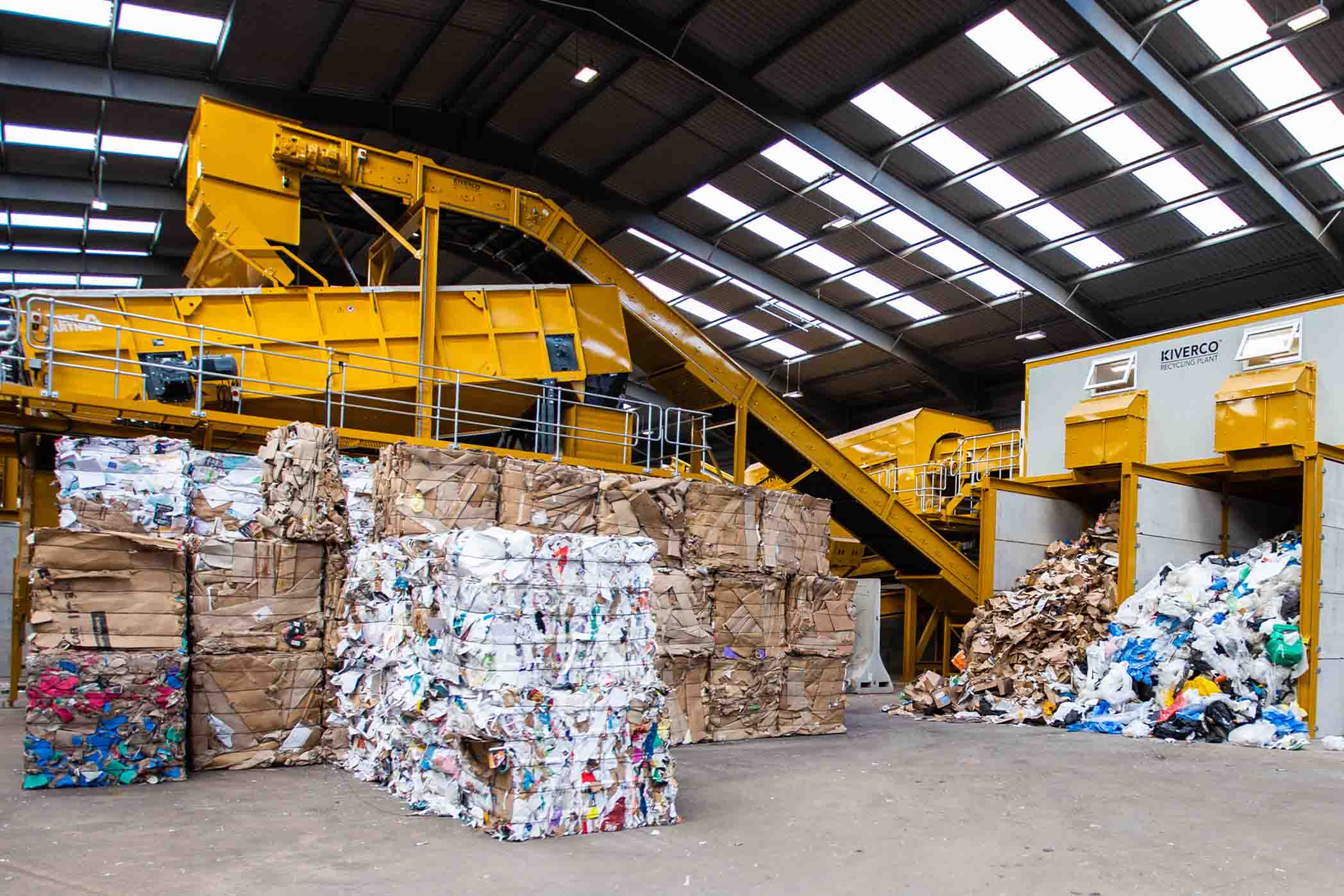“The new Egypt will possess a competitive, balanced and diversified economy, dependent on innovation and knowledge, based on justice, social integrity and participation, characterized by a balanced and diversified ecological collaboration system, investing the ingenuity of place and humans to achieve sustainable development and to improve Egyptians’ life quality,” Egypt Vision 2030 Sustainable Development Strategy.
Launched in March 2016, Egypt Vision 2030 set a path towards economic and social justice, restoring Egypt as a regional leader, and linking the present to the future. The Sustainable Development Strategy represents a foothold on the way towards inclusive development. The strategy acts as a roadmap to optimize Egypt’s competitive advantages and achieve the dreams and aspirations of Egyptians in pursuit of a happy, healthy life.
Egypt Vision 2030 embodies the new constitution by placing welfare and prosperity at the forefront of the objectives. To ensure a comprehensive strategy, numerous experts collaborated, including representatives of civil society, the private sector, ministries, and academics to set the objectives across economic, social and environmental dimensions, while safeguarding a focus on sustainable development, social justice and creating balanced growth.
Despite institutional measures implemented to achieve the aims of Vision 2030, Egypt is currently facing severe challenges to its progress in the Sustainable Development Goals. The most significant problem Egypt is facing is due to its population growth obstructing the progress of Vision 2030 and placing additional pressure on the country’s economy, environment and threatening the overall health and well-being of Egyptians. Egypt’s population has rapidly increased in recent years, and if the fertility rate of 3.47 does not decrease, it is estimated the population will reach 128 million inhabitants by 2030. The government is implementing strategies to overcome the crippling challenge of population growth, such as the ambitious plan to slow the growth with the Two is Enough family planning programme. The Egyptian government committed 100 million Egyptian pounds to the initiative, and the Ministry of Health set a target to slow the population growth to 2.4 children per woman, and have the population reach only 112 million by 2030. The issue of population growth represents a real threat to the efforts exerted by the state to implement social and economic reforms, which by themselves have already shown positive indicators of improvement.
The economic reform program also caused challenges for the populous; however, were crucial steps to create positive change. The population felt the impact of a gradual removal of subsidies and the devaluation of the Egyptian pound hit the economy like a ton of bricks. Despite the firmness of these reform measures, there were multiple advantages including the reduction of imports and an increase of exports, which will in turn aid the Egyptian economy and population.
Although there are challenges, Egypt is already realising progress in several categories of Vision 2030. Minister of Planning, Hala al-Saeed, emphasized that Egypt is “on track” to achieve its Vision 2030 objectives, and is even ahead of schedule in regards to social housing and the construction of new cities. The Egyptian government continues to work on improving education methods, encouraging youth leadership and creating equal opportunities using advanced technological methods. The country made a firm commitment towards tackling the transformative 2030 agenda, including the economic development pillar aiming to increase gross domestic product per capita to help Egypt become a high-middle income country and reduce poverty and contribute to food and nutrition security. As well, the government is working towards the objectives of the social justice pillar, aiming to provide social protection to the most vulnerable by i) raising the efficiency and scope of the social protection system, ii) reducing societal, gender and generational gaps, and iii) achieving a balanced geographical distribution of services. Furthermore, there are initiatives in place to develop the health pillar and create nutrition targets, specifically to reduce stunting, wasting and anemia prevalence rates from baselines of 21, 8 and 27 percent to 10, 2 and 15 percent, respectively.
By 2030, Egypt aims to transform the country into one of the 30 largest economies in the world, one of the top 30 countries in the fight against corruption, one of the top 30 countries in the Global Competitiveness Index and the Human Development Index, and one of the top 10 countries in economic reforms. Egypt represents a solid example for linking Sustainable Development Goals to government initiatives, programs, and investment plans. Although there is still a long way to go, with dedication, perseverance, and ingenuity, Egypt can achieve the Sustainable Development Strategy: Vision 2030.
























